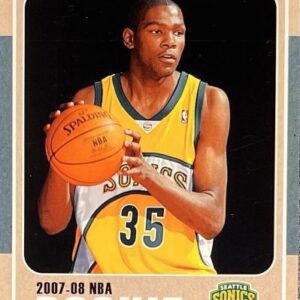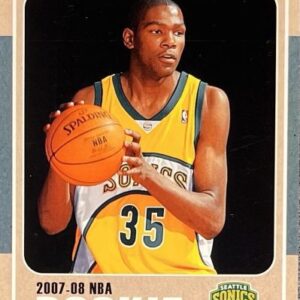Picture this: A crisp envelope containing some of the most sought-after treasures in sports memorabilia arrives at a hotel, reminiscent of a secret delivery in a heist movie. The contents include stars from a bygone era, with names like Ted Williams and Walter Johnson whispering through the folds of the package. But, as events would unfurl, reality morphs into a thriller when the package vanishes. Our unsuspecting protagonist in this plot? Best Western Plus in Strongsville, Ohio.
This scenario unfolded in 2024, sparking a legal battle as strange and multifaceted as the contents of the wayward package. Memory Lane Inc., a distinguished auction house known for dealing with high-value sports collectibles, found itself the hero setting out on a quest for justice, suing Best Western for a cool $2 million. The stakes are high, and not just monetarily, as the theft touches upon the fundamental issues of trust and reputation that underpin the sporting memorabilia world.
The pilfered package, a veritable Pandora’s box of 54 rare baseball cards, was not just a run-of-the-mill set. Nestled within were crown jewels like the 1909 Ramly Walter Johnson card and a 1941 Ted Williams card, whose combined worth nearly tickled the $90,000 threshold. Yet, despite FedEx’s confirmation of delivery to the Best Western Plus, when Memory Lane’s envoy arrived, the package had disappeared – a magic trick executed without a warning.
In what seems like a modern-day caper, investigators unspooled a narrative involving hotel staffer Jacob Paxton and his accomplice, Jason Bowling. Paxton, now reflecting on his actions behind bars for the foreseeable four-to-six years, allegedly intercepted the prized box and made the handoff to Bowling, who walked away with community supervision and, perhaps, a lifetime of regret. Though authorities tracked down 52 of the missing cards, the Johnson and Williams cards slid into that dark ether where lost treasures dwell.
Memory Lane’s response was to take the fight to court – but not just to square-off with antiquated foes, but to confront Best Western International head-on. Their lawsuit claims that negligence in staffing and oversight was the chink in Best Western’s armor, one which effectively allowed for the vanishing act that ensued. Echoes of courtroom drama ring with underlying questions: how responsible are major hotel chains, with their global tentacles and billion-dollar revenues, for safekeeping guest valuables, especially those of such splendid pecuniary and historical caliber? This odyssey of legalities could very well set the bar for future expectations, modifying the landscape of how hotels deal with high-stakes items akin to fine art or sparkling jewelry.
Unfortunately, hotel heists are not the sole ghosts haunting the halls of the sports card collecting world. Even the venerable National Sports Collectors Convention, a veritable mecca for card collectors, hasn’t been able to dodge the specter of theft. Over the past two years, daring feats on the exhibit floors have snatched high-profile cards, like the illustrious 1951 Bowman Mickey Mantle rookie and the timeless 1986 Fleer Michael Jordan rookie, right under vigilant eyes.
The value of sports cards has been an astronomical orbit unto itself, climbing to heights unimagined in simpler times. But as those values soar, so does the shifty gaze of opportunists prowling for the kill. This has driven collectors and dealers to arm their collections with defenses worthy of a museum—thick, transparent cases for viewing pleasure without vulnerability, all-seeing signature cameras, and a web of tight insurance coverage linking everything together in a fortress of fiscal safety.
As the drama unfurls on the courtroom stage, the echoes of baseball greats remain muted behind firm glass or decentralized in musty attics, awaiting safety. Through the lens of Memory Lane’s lawsuit, a sobering message emerges: Treating sports memorabilia with the deference and caution reserved for artifacts and jewels is not merely prudent but necessary.
For a hobby steeped in nostalgia and the eternal pursuit of ‘the find,’ these events underscore an essential evolution — a shift towards recognizing that even the most mundane-seeming cards are far from mere slips of cardboard. They are artifacts of cultural history, laden with both emotional and economic weight, deserving of vigilance that guards them as such. Until the value of a card becomes as immovable as granite, until trust can be reinforced to the strength of steel, collectors will dwell in a realm ruled as much by guardianship as by passion.






